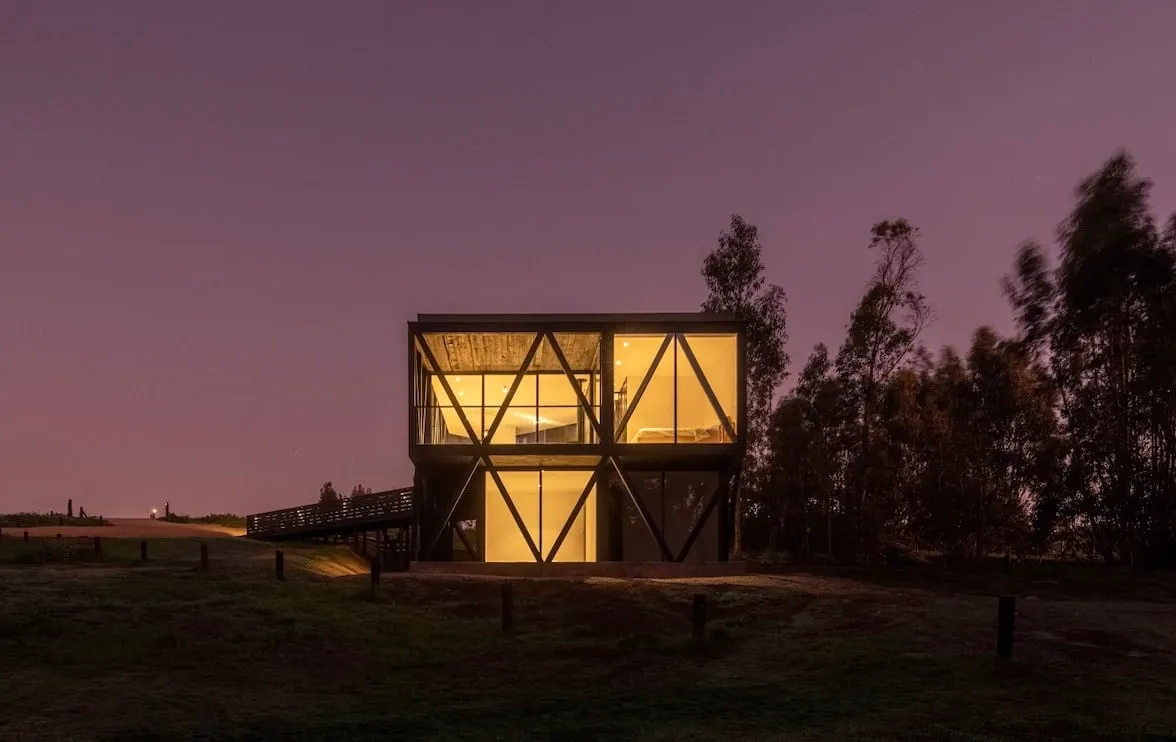There can be your advertisement
300x150
Energy Efficiency for Business: How to Choose Optimal Solutions
 Environmental protection, renewable and sustainable energy sources. Plants in the concept of the onion
Environmental protection, renewable and sustainable energy sources. Plants in the concept of the onionStatistics show that on average small businesses consume 35,000 kWh of gas and electricity in the UK. The average annual consumption for large companies is 75,000 kWh of gas and 90,000 kWh of electricity. This means that businesses have significant potential to reduce energy consumption and save on electricity bills.
How do you know when your business gas supply contract ends? Check with your energy supplier to see when your gas contract expires. It's also worth reviewing the terms of the contract so you understand what actions need to be taken to switch suppliers or negotiate new tariffs. Most commercial gas contracts last one year with the option to renew annually.
Rising energy prices can significantly impact any business's financial performance. Fortunately, there are various ways to improve company energy efficiency, reducing operational costs while helping the environment. Most companies prefer to start with small and inexpensive solutions before investing in more comprehensive energy-saving strategies.
Key Aspects When Choosing Energy Efficiency Solutions
There are many options available when it comes to energy efficiency. Depending on the size and nature of your business, some solutions may be more suitable than others. Key points include:
Identifying Areas for Improvement
Spend some time identifying areas where you can improve energy efficiency. Evaluate lighting and heating/cooling systems, examine building insulation, and consider how frequently machines are used. Mainly aim to reduce losses and develop an energy efficiency plan.
Understanding Available Technologies and Equipment
Familiarize yourself with the wide range of energy-efficient equipment and technologies available for business. This includes LED lighting systems, low-flow plumbing fixtures, solar panels, smart thermostats, and more. These solutions help reduce energy costs.
Calculating Potential Economic Benefits of Various Solutions
Evaluate how much you can save by implementing changes in your business. It's also important to consider long-term maintenance and repair costs of energy-efficient products and solutions.
Determining the Budget for Implementation
Once you've identified available energy efficiency options, develop a budget for their implementation. Consider both immediate and long-term costs when creating the budget, including potential savings over time.
Exploring Incentives, Tax Credits and Grants
Many businesses can benefit from incentives, tax credits, and grants for improving energy efficiency. Various local, state, and federal governments offer different financial support programs for energy-efficient improvements.
Resources for Addressing Business Energy Efficiency
Business owners have access to various resources when seeking energy efficiency solutions. Below are some of the most popular options:
1. Government Programs and Grants
Your local, regional or federal government may offer grant programs to help businesses cover the costs of energy-efficient upgrades. The government can also provide assistance with conducting energy audits and training on best practices for energy efficiency.
2. Utility Provider Incentives
Many utility providers offer incentive programs aimed at reducing consumption and energy costs. Examples include rebates for energy-efficient products, discounts on electricity tariffs, and more. Some companies may even provide free energy audits.
3. Non-Profit Organizations and Industry Groups
Many non-profit organizations such as the Environmental Protection Agency (EPA) collaborate with businesses to promote energy efficiency. Additionally, there are numerous industry groups specializing in business energy-efficient solutions. A simple search will help you find the right organization.
4. Manufacturing Companies and Technology Providers
Many manufacturing and technology companies offer products and services that help businesses become more energy-efficient. Examples include solar energy providers, LED lighting suppliers, and energy efficiency consultants.
Implementing an Energy Efficiency Strategy
After identifying areas in your business that need improvement, it's time to develop a plan for implementing your energy efficiency strategy. Here are some tips to get started:
- Developing a Comprehensive Plan: Create a detailed action plan that defines the steps to be taken, including equipment or process changes. Consider both short-term and long-term goals when developing the plan.
- Evaluating Existing Staff: Assess your current staff's skills and experience, as well as training opportunities to enhance their energy efficiency. This process also includes evaluating staff structure and determining if additional hires are needed.
- Providing Resources and Training: Ensure your staff have the necessary tools and information to perform their energy efficiency tasks. This includes training on proper use of new equipment or technologies, as well as informing about best practices for energy conservation.
- Tracking and Measuring Progress: Monitor and measure your progress to ensure it aligns with goals. Make sure you adjust your strategy when necessary and account for possible challenges. Ultimately, it's important to evaluate the success of your energy efficiency strategy and identify areas for improvement.
The importance of energy efficiency cannot be underestimated, as it is one of the most effective ways to reduce a business's environmental impact and improve its efficiency. With the right resources and strategies, companies can take advantage of these savings opportunities while protecting the environment.
Conclusion
Gas and electricity markets are constantly evolving, and businesses must stay up-to-date with the latest news to remain competitive. You can maximize cost savings by implementing an effective energy efficiency strategy, while minimizing environmental impact. Ultimately, this helps your business become more sustainable in the long term.
You can also consider investing in renewable energy sources such as solar and wind power to reduce dependence on fossil fuels. Additionally, there are many government incentives for businesses that choose to transition to renewable energy. This will help you save money and reduce your carbon footprint.
More articles:
 Stylish Dark Romantic Bedroom for Creating Comfort and Passion
Stylish Dark Romantic Bedroom for Creating Comfort and Passion Stylish Tips for Creating a Dark Romantic Bedroom
Stylish Tips for Creating a Dark Romantic Bedroom Moon House by SAV Architecture + Design in Siolim, India
Moon House by SAV Architecture + Design in Siolim, India MORA35 by sculpta | Interiors That Complement Your Life
MORA35 by sculpta | Interiors That Complement Your Life JD2 Housing | Rui Rosmaninho | Ilio, Portugal
JD2 Housing | Rui Rosmaninho | Ilio, Portugal Morla House by Stanaćev Granados: Coast in Matanzas
Morla House by Stanaćev Granados: Coast in Matanzas The Most Durable Paints for Wooden Projects
The Most Durable Paints for Wooden Projects Most Famous Architectural Projects in London
Most Famous Architectural Projects in London